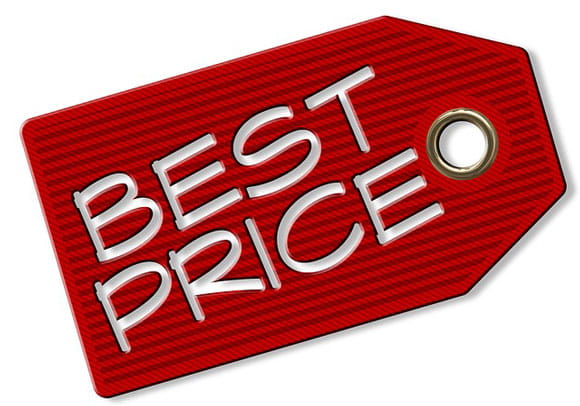China Sourcing: How to secure best pricing
April 22, 2019

Price is not everything when sourcing from China, but it still is the most important reason why importers source from there. Importers come to us for a number of reasons, but the three most common requests are: Quality assurance, finding suppliers, and securing optimal pricing. Every importer is concerned with at least one of these and in this blog we focus on optimal pricing.
Please note that we’ve written various blogs on the other two issues: how to address quality issues and best practices for ensuring quality (see China Sourcing Quality Control – When and How?). We’ve also previously written about how to find and qualify suppliers (see China Sourcing How-To: Qualifying Suppliersand China sourcing: How to verify factories).
Pricing is becoming a hot topic in China sourcing. While China is still the source of choice for many importers, there’s no denying that rising labor costs have made other sources like Vietnam and Indonesia look much more attractive. So, importers are concerned about trends: is China becoming more expensive? Will they lose their competitive edge if they keep buying from there?
At the same time, making a change is not easy. There are many factors to consider. Many Chinese suppliers counter rising labor costs with increase productivity (see this blog for more info).Moreover, China continues to improve technology and quality standards, and this keeps many importers loyal to China.
That said, to help you focus on the narrow issue of price efficiency, below is a list of best practices we often employ to obtain, and maintain, the best prices for our clients:
Research: You’ll want to do your homework on your product. What raw materials are required and what do they cost? Also, stay up to date on foreign trade regulations, tariffs, VAT and other taxation issues, logistics costs, etc. All this will contribute to fine-tuningthe final landed cost of your product. So, do your homework and stay informed.
Timing: Trying to negotiate pricing with a supplier after you have already paid for tooling and samples is not the right time. At this point in time, you look like a captive buyer, your order is basically a sure-thing, and the factory has no incentive to lower the price. Suppliers know that once you have spent money on molds and samples, and have invested your time waiting on them, you are not likely to walk away and start over with another supplier. So make sure you come prepared and negotiate best pricing up front before locking yourself into a relationship.
Details: If you want accurate quotes from multiple suppliers, the devil is in the details. You will want your request for quotation (RFQ) to be as clear as possible and include detailed product specifications, quality standards, etc. You’ll also want to request samples and review and test those samples in great detail. And the samples must all be identical: it is difficult to find the low-cost provider if the RFQ process allows quality variations. This means that your PSS (product specification sheet) and ideally, even the ISS (inspection specification sheet) should be in place before the RFQ process and it should include as much information as possible.
Compare and choose: It is mandatory to get quotes from at least two suppliers, ideally more than three. With a good RFQ process, you can secure such quotes and you will clearly see who is the low-cost supplier and you can use that knowledge to your benefit. (Of course, the selection process involves other considerations besides price, see above.)
There are many techniques and procedures used by importers to lower pricing and obtain best pricing from suppliers, however, the above mentioned are fundamental bestpractices used by many successful importers.
What procedures do you use to ensure optimal pricing? Share your methods with us in the comments below.
By Jocelyn Trigueros
